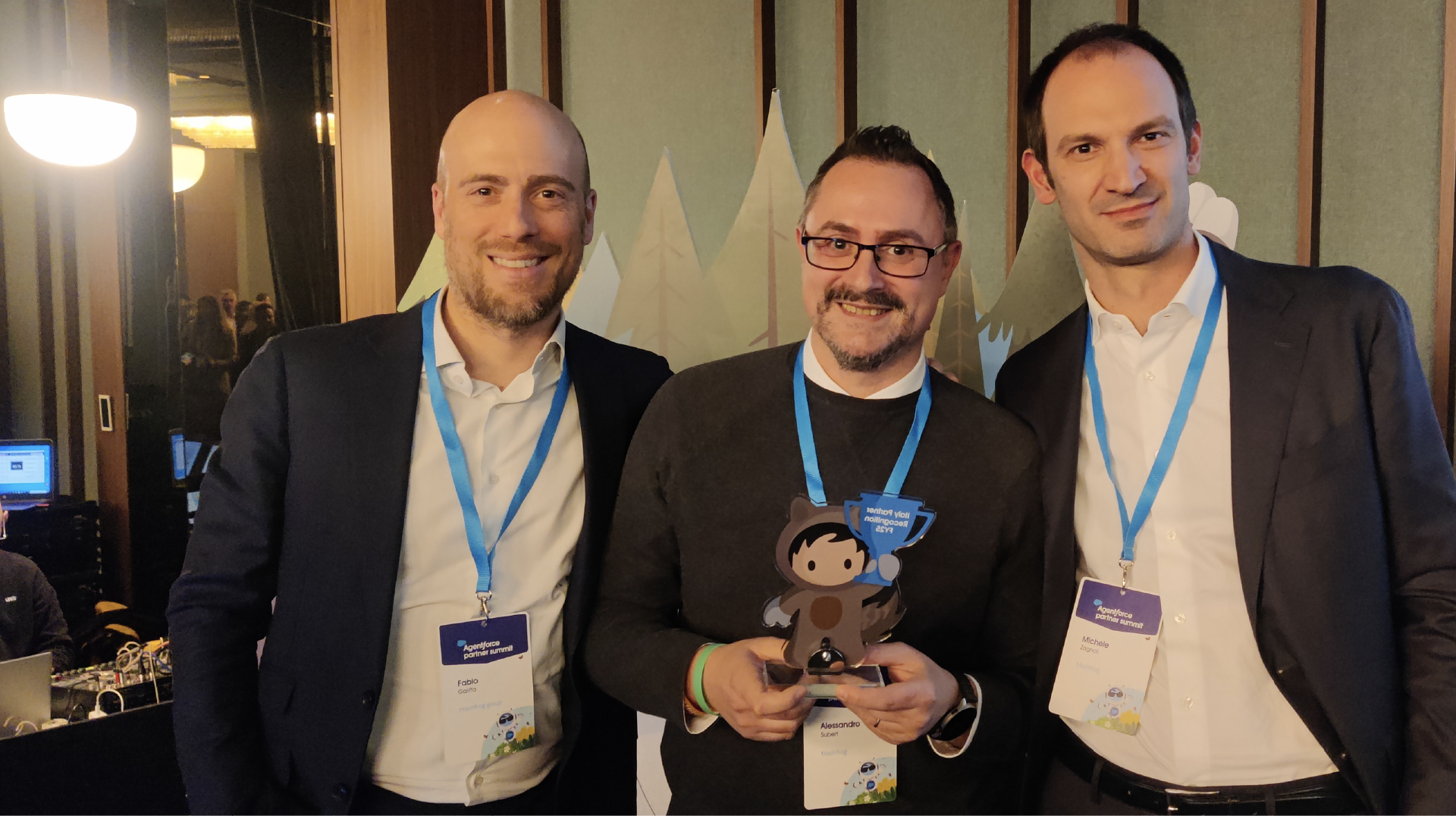Sentiment Analysis. How to monitor your online brand mentions
It includes the monitoring of online discussions as a marketing lever to guide the communication strategy of a product.

We asked Giulia Sonderegger, Brand Reputation & Link Building Specialist of the Mashfrog Group, to tell us about the advantages of Sentiment Analysis, one of the strategies she has been using for several years on behalf of some of our clients. She did so on the occasion of the “Mashfrog Digital Youniversity”, a series of training webinars aimed at sharing the skills of the group's business lines.
Sentiment analysis is a very complex topic and can be adapted to the needs of the client, but Giulia has tried to provide us with a general overview to help us understand its objectives and methods of application.
What is Sentiment Analysis?
Sentiment analysis consists of researching and analysing online mentions about a product or service. It carries out a detailed analysis of the mentions on the web in order to present an overview of the online discussions over the reference period. The objective is to identify and report any recurring or sensitive topics relating to the brand. We are all well aware that a single bad review can influence public opinion and damage the image of a product, even if it is distorted and untrue. Sentiment Analysis makes it possible to spot such problems and intervene promptly with an appropriate communications plan.
Objectives
• To analyse online reputation: one user can put a brand's reputation at risk. A single Facebook post from an influencer is enough to completely change the perception of a product or service, which may have previously been very popular.
• To understand the online perception of a brand, product, or person: comments and articles published by users remain online for a long time and can change the perception of a brand, product, or public figure both positively and negatively.
• To measure the return on marketing campaigns: through Sentiment Analysis it is also possible to measure how much impact an online communication campaign has had, and to adjust it for subsequent campaigns.
Advantages
• Scalability: Sentiment Analysis allows data to be processed on a large scale quickly and effectively, something that would not be possible manually.
• Analysis in real time: Sentiment Analysis makes it possible to monitor messages on the network in real time, to identify any critical issues promptly or to monitor a single event.
• User profiling and Geo-targeting. If a client is geolocated in Lombardy and launches a communications campaign that brings returns only from other parts of Italy, Sentiment Analysis lets them know which type of user is responding and if they are in target or not.
• Identifying trending topics for a more in-depth understanding of consumers' needs and to evaluate if new products should be launched based on the opinions and reviews of users.
Quantitative and qualitative data collection
Giulia showed us two types of offers that are available when carrying out a sentiment analysis, which require a totally different approach, depending on whether you choose to make a quantitative or a qualitative analysis of mentions.
In a quantitative data analysis, the mentions are collected using a tool but without any sentiment attribution, so the client is given a generic report, with no details on the topics covered. The data collected are quantitative and only indicate what the trend was over the chosen time frame, giving the media on which mentions appeared most frequently and the geolocation, but remain at a very generic level of investigation, returning only a total number of mentions found.
A qualitative data analysis, on the other hand, adds value to the mentions by adding sentiment analysis, again through the use of a tool. This can be done in two ways: either by a human analyst, who rates the mentions manually, or using artificial intelligence, which makes it possible to carry out a semantic analysis of the text and automatically rate the sentiment as either positive or negative.
This type of approach also allows you to carry out an analysis of recurring topics: by accurately identifying the context of the mentions related to the brand, you can drill down to a more in-depth analysis and show the client which topics keep recurring. Especially in the case of negative mentions, this allows you to take action against individual users who continually leave negative comments about the brand. It may also make it possible to take effective legal action against such individuals in jurisdictions where criminal defamation is recognised. Qualitative analysis also makes it possible to focus on particular events, during holiday periods or for the launch of a new product, in order to monitor them and receive ad hoc reports.
Finally, qualitative reporting provides real-time analysis of the mentions with negative or positive sentiment. In addition to the quantitative graphs, the client receives details of the mentions categorised by their positive or negative sentiment rating, so can get an overview of exactly how these sentiments are being expressed.
Why are most of the mentions given a neutral sentiment rating?
In quantitative research, all the mentions are classed as neutral because no positive or negative evaluation is carried out. If, on the other hand, sentiment analysis is carried out, it is important to understand that a sentiment value is attributed to a mention only when the user's comment expresses a definite positive or negative point of view. If a mention is found that does not express either a positive or negative sentiment, that mention will be rated as neutral.
Why do most of the mentions come from social media?
An article relating to a brand in a publication, even a national one, is published once, while on social networks the same article is duplicated many times. Social networks are much more of an "echo chamber" than any other means of communication, because a large number of opinions are expressed, and thousands of discussion threads are created. So, compared to a single article published on a site, many more mentions will come from social networks.
In conclusion, being able to gather and analyse, in a structured way, the opinions that users have of a brand is of great added value. It allows companies to intervene when critical issues arise and to develop communication plans appropriate to the expectations of their target audience.
Giulia Sonderegger, Brand Reputation & Link Building Specialist, graduated in Design, Visual and Multimedia Communication. She has worked for over ten years in the SEO field, acquiring skills in web marketing and communication, including SEO Content, Brand Reputation, and Link Building. She joined Mashfrog in March 2017, handling Link Building and Brand Reputation for some of the group’s most important clients.


